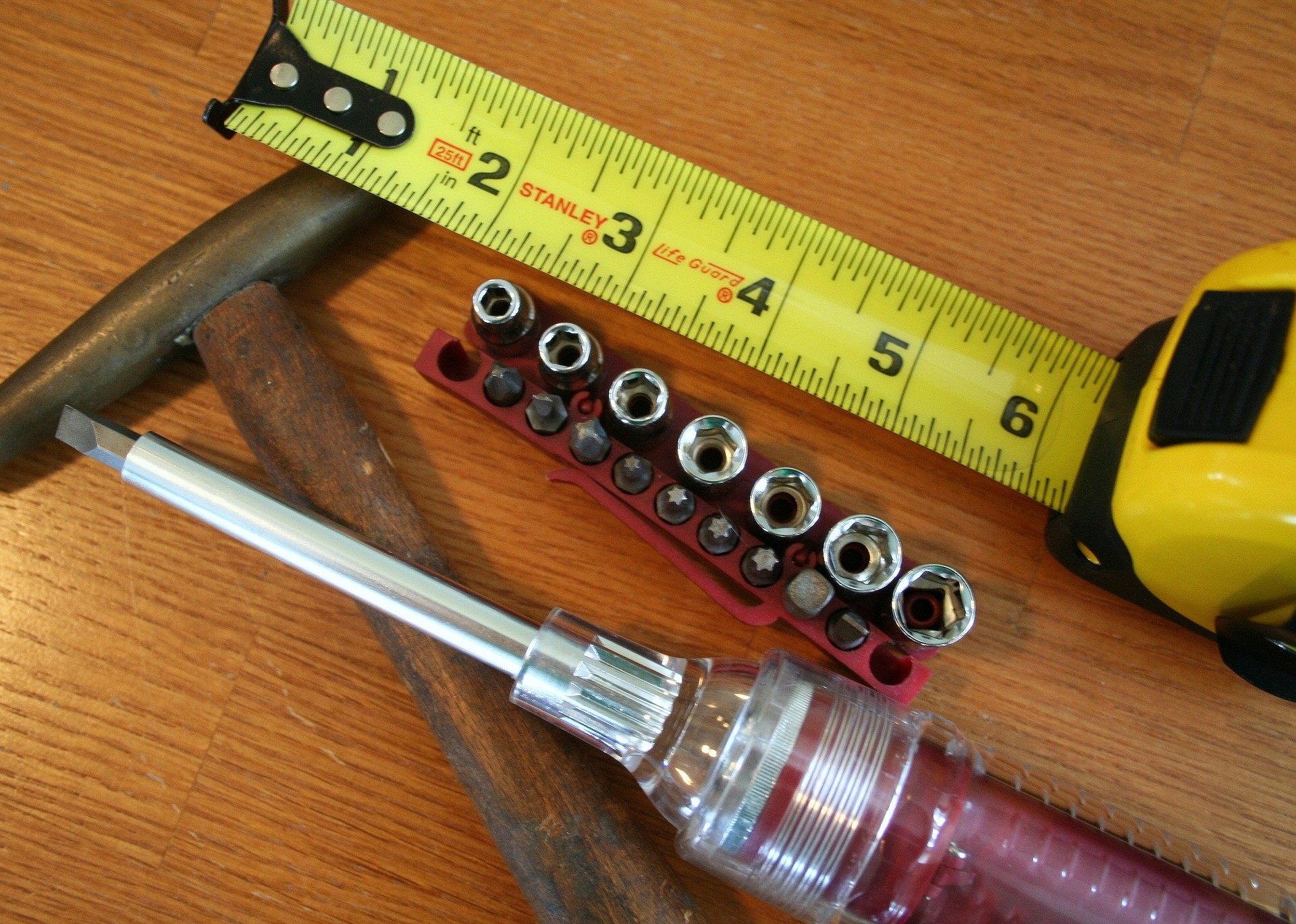Purchasing a fixer-upper can be an intimidating proposition due to unforeseen costs that banish your budget, relationship stress during the remodeling process, and the inability to sell quickly if you decide to move. On the upside, acquiring an abode with potential can also put you in the driver’s seat to increase its value — an asset if you decide to sell down the line. You’re also more apt to get your foot in the door of a neighborhood of your choice while customizing the home of your dreams. There’s a lot of planning that goes into moving into a fixer-upper, so here’s what you need to know in order to keep your sanity.
Buying Process
One of the best aspects about purchasing a fixer-upper is the fact that there’s never a bad time to buy, as these types of homes are not as desirable and their prices aren’t always dictated by the current state of the market. While you can start searching for fixer-upper properties in your area, there are some crucial factors to consider in order to make the acquisition a success.
Location, Location
Even though you’re just moving in, you’ve got to think into the future when choosing a location in case you decide to sell. Location drives salability, so avoid undesirable neighborhoods, busy streets, eyesores like power plants, or nuisances like noisy train tracks or an airport.
Layout
A bad layout (think bedrooms scattered around the home, a cramped kitchen, or a dining room right at the entrance) equates to a costly remodel, as you’ll potentially have to take down or put up walls and tweak entrances.
Configuration
You’re going to want to look for a configuration that appeals to the masses — a three-bedroom with more than one bath is on the top of the list — but consider the market, as smaller homes (or larger ones) may be more desirable.
Think Through Scenarios
Depending on your situation, you may have to move into your house and live there throughout the remodeling process. This means you might not be able to unbox everything and completely settle in. If extensive renovations are in order, you’ll want to set up living space that’s manageable in the interim, while storing the rest of your belongings elsewhere if you don’t have a second home. If you need a storage unit, that is a crucial part of your budget that needs to be included. Also, consider how long you’re willing to live this way. If it’s three months, that’s a little easier to swallow than six or nine months of your home being cordoned off.
You’ll also need to think about you’re going to do with the appliances you’re ditching/replacing when remodeling your home. Although you can attempt to sell one of the items that are in still good working order, most likely you’ll have to find someone to haul away the busted appliances. Thankfully, you can find reliable haulers in your neighborhood who will help you get rid of large possession such as refrigerators, hot tubs, and even old furniture and carpeting.
Prioritizing Your Projects
While there are several projects that fit into the DIY category such as simple repairs, others may require the help of a seasoned pro due to safety, permit acquisition, or simply a higher level of expertise — you don’t always save money by doing things yourself either. For example, put your energy and resources into tasks such as patching walls, wallpapering, and painting; replacing baseboards or doors; installing or revamping kitchen cabinets; refinishing floors or installing new flooring (from carpet to tile); adding a deck; installing a security system; or painting the exterior. Just make sure you have the proper tools, such as sanders and jigsaws, to complete each project safely and efficiently.
When it comes to heavy hitters like roof replacement, anything related to electrical (like rewiring the home), complete kitchen and bathroom remodeling, wall removal, additions, and the replacement of plumbing and sewer lines, research a licensed professional to do the job.
Whether you choose to stay in your home, flip it, or make plans to move down the line, all repairs and remodels should be made with the intent of increasing its value. Make sure your budget is enough to take the home from shabby to chic to ensure you’re maximizing the rate of your return. Purchasing a fixer-upper is a huge financial and emotional commitment, so make sure you’re ready for the ride.
Photo Credit: Pixabay
This is a guest post written by:


 Nancy is a client first real estate agent in Tri-Cities, WA. If you have any questions on owning homes, living in the Tri-Cities, or purchasing your first home, you can contact her directly at:
Nancy is a client first real estate agent in Tri-Cities, WA. If you have any questions on owning homes, living in the Tri-Cities, or purchasing your first home, you can contact her directly at: